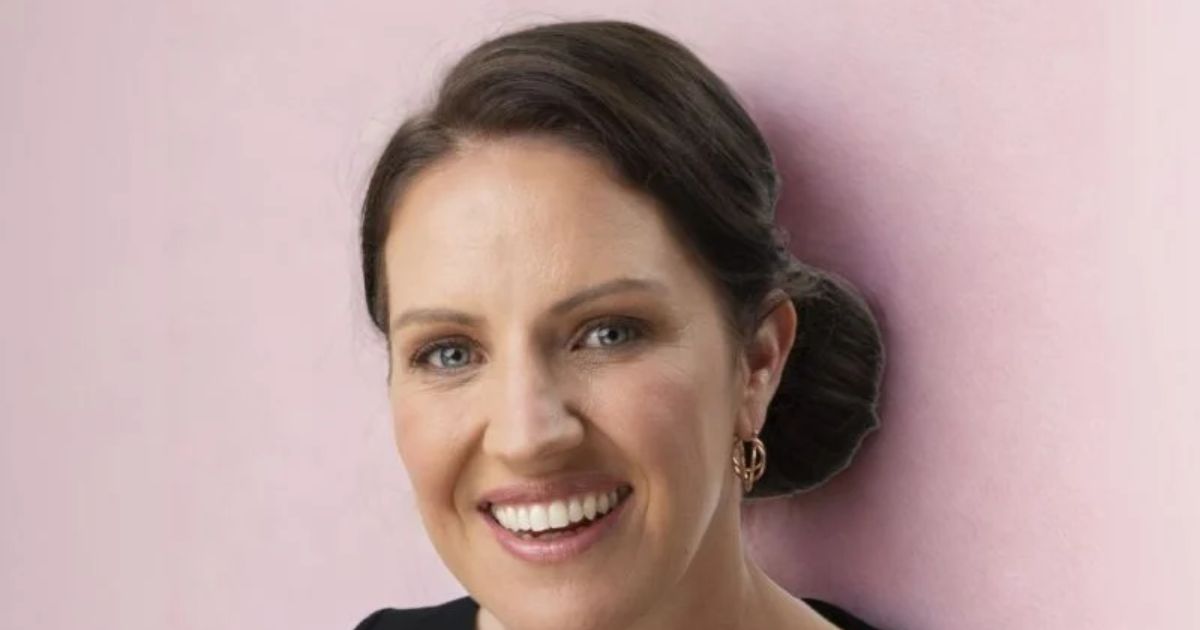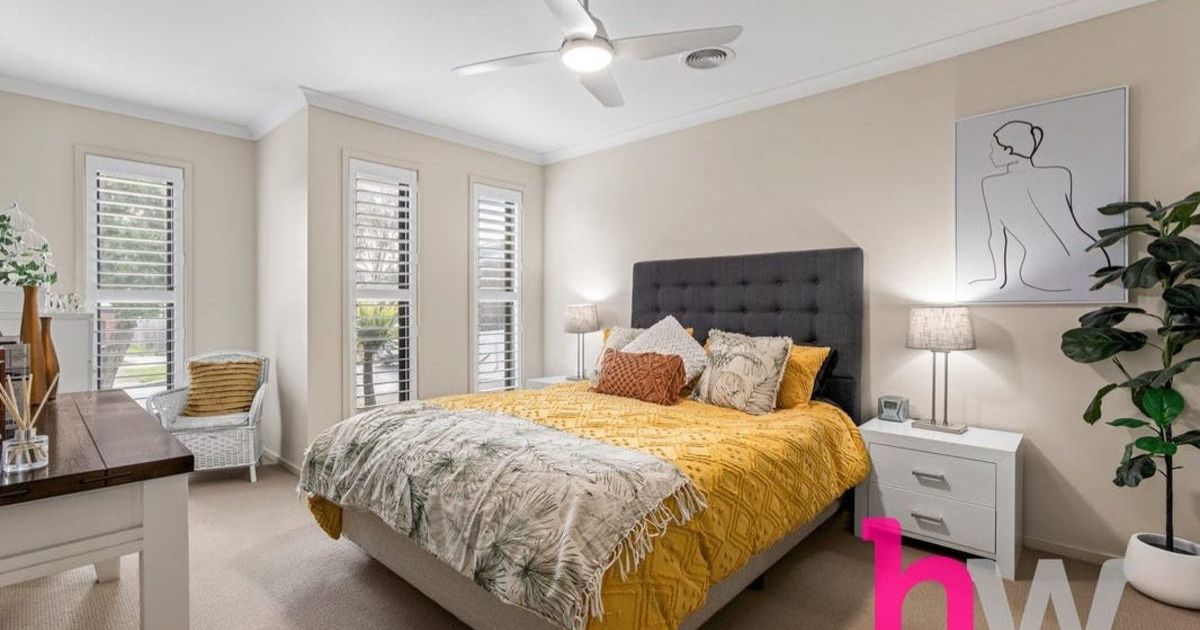Reserve Bank inflation target reached as rent burden mounts

Master Builders Australia Chief Economist Shane Garrett said that the gross mismatch between supply and demand for rental accommodation is continuing to force rents higher
COST of living seems to be a hot topic for government and the media as the strain of day-to-day bills continues to be a never ending burden on the community, especially renters.
Recent monthly inflation data from the Australian Bureau of Statistics is some good news for the economy, confirming underlying inflation is below 3 per cent for the first time in three years, but this news doesn’t extend to rentflation.
Although many believe underlying inflation is a truer measure of price pressures in the economy as it reaches the Reserve Bank’s target of 2 per cent to 3 per cent, there is a larger issue at hand being the serious lack of housing supply, especially those available for rent.
For most, it is plain to see that the Government, SRO and Tax office relentless attack on landlords, mostly Mum and Dad investors with one additional home, is a principal catalyst to the dwindling supply of rental options, made worse by the painfully slow introduction of new greenfield residential developments, pushing the government target of 1.2 million new homes to mission impossible.
The industries peak building and construction industry association, Master Builders Australia (MBA), is also on alert, warning policy makers not to become complacent as rents continue to rise at unsustainable levels.
The sector urges that housing-related inflation must be controlled, and this requires a focus on the supply side of the economy.
Master Builders Australia (MBA) chief economist Shane Garrett said a period of declining interest rates would be very beneficial for the economy and help lift new home building activity.
“The gross mismatch between supply and demand for rental accommodation is continuing to force rents higher.
“Encouragingly, the cost of owner occupier home purchases dipped slightly during the December 2024 quarter.
“However, the cost of a new home is still 39.5 per cent higher than it was five years ago.”
The new data showed that rents rose 6.2 per cent over the 12 months to December and is one of the economy’s worst sources of cost pressures.
MBA says while this is slowly trending downwards, more needed to be done to address the household cost of living pressures being faced in the community.
MBA chief executive officer Denita Wawn said the latest data was hopefully what the Reserve Bank was looking for to start bringing down interest rates.

“Australia desperately needs to boost housing supply, and this will only be achieved when the cost of new home building starts to moderate, and project costs stack up.
“Builders have been feeling the impact of prolonged high interest rates on business costs and their forward books as people are holding off investing in new projects.
“It’s more than just a number, the lack of housing supply is leading to rising rents, homelessness, and higher mortgages, which negatively impacts the well-being of individuals, families, and communities.
“The government is not off the hook just yet.
“This federal election, we are looking for policies to make home building even more attractive including critical infrastructure investment, lower business taxes and charges, speeding up approval processes, and addressing workforce shortages.”

















